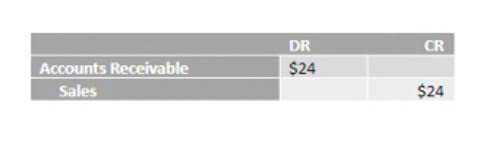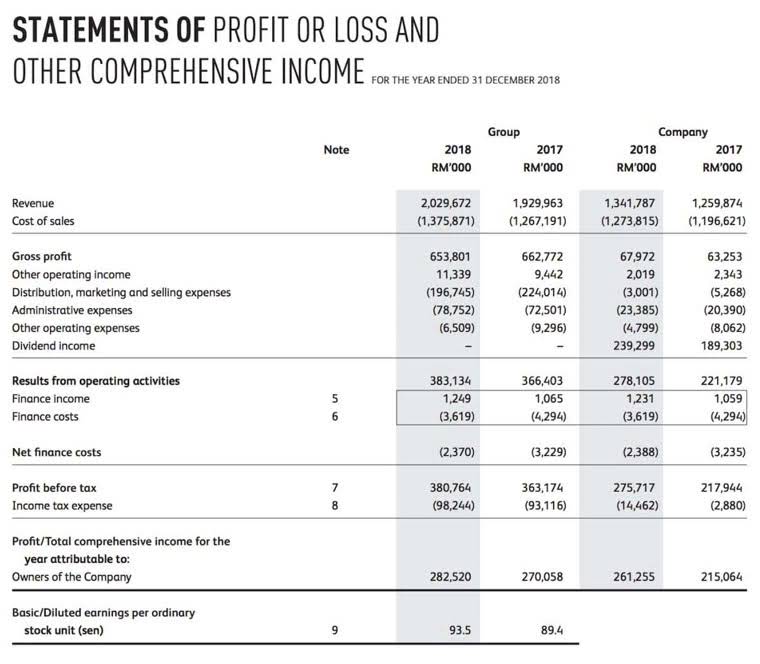
Misclassification can distort financial performance indicators, affecting decisions on budgeting, forecasting, and business valuation. Although similar to the low/medium/high or numerical scales that many firms now implement, the spectrum of inherent risk is designed to be a continuum. 12/ If misstatements are identified in the selected items, see paragraphs and paragraphs of Auditing Standard No. 14.
Types of Audit Procedures and Examples
- All assets, liabilities and equity balances that were supposed to be recorded have been recognized in the financial statements.
- In the three main categories of assertions, there is a significant degree of repetition; nevertheless, each assertion form is meant for a distinct element of the financial statements.
- These assertions are significant for auditors since they form a basis to ascertain whether the financial statements represent the actual financial condition of the company.
- The presentation and disclosure assertion ensures that all financial information is presented correctly and disclosed by accounting standards.
- Therefore, one concludes that the fresh guidance has become applicable to all entities since starting of this year.
As auditors, we have responsibly to perform an assessment of the risk of material misstatement in the planning stage of the audit. This includes the assessment of the risk of material misstatement for revenue. In the audit of revenue, the risk of material misstatement is the risk that revenue contains material misstatement but the internal control cannot prevent or detect such misstatement.
Assertions About Account Balances
The management of a company should not be terrified or feel unpleasant by the regular audits of the company’s data. As a result, the management will be well-prepared to confront the analytical procedures with financial data that is accurate, full, and reliable if it follows these steps. Participants will also have a Bookkeeping for Startups comprehensive knowledge of what is going on, and the staff will have valuable and reliable information on which they can count for successful financial analysis and policymaking in the future.

Business is Our Business

Because of this, revenue is usually the material item in the financial statement. The audit process converts theoretical assertions into practical tests by using systematic verification procedures. Auditors create specific procedures that respond to assessed risks at the assertion level based on their nature, timing, and extent. The valuation assertion is used to determine that the financial statements presented have all been recorded at the proper valuation. Evidence gathered by formal or informal inquiry generally cannot stand alone as convincing. Hence, auditors usually perform other procedures together with the inquiry such as inspecting the supporting documents to ensure that the explanation provided by clients can be relied upon.
AS 1105: Audit Evidence
It is the auditor’s responsibility to authenticate the trade receivables amount as stated using several methods, like selecting a specific receivables client and reviewing all relevant activities for that specific client. Bank deposits can also be checked for this assertion by examining the relevant bank statements, which are both available online. Auditors may also simply call the bank to obtain the most recent bank balance information. Audit assertions offer a clear framework to verify whether the accounts are accurate and reliable. Assertions related to account balances address the accuracy and completeness of the entity’s assets, liabilities, and equity management assertions at the reporting date.

Assertion on Presentation and Disclosure
- All transactions, balances, events and other matters that should have been disclosed have been disclosed in the financial statements.
- Transactions, events, balances and other financial matters have been disclosed accurately at their appropriate amounts.
- These assertions validate that financial information appears properly organized and explained.
- The auditor ensures that the financial statement presentation complies with accounting principles.
- It also tried to comply with regulations throughout the dynamic landscape of Loolaland.
These assertions are used for confirming that data is accurate, comprehensive, and in the appropriate sequence. Presentation and Disclosure assertions are divided into the five categories listed below. Accounting and Auditing for CPAs Understanding accounting and auditing is key to becoming an outstanding CPA. Additionally, CARES Act notice the inherent risk for occurrence is assessed at high.
Business Growth + Financial Performance
This is particularly important for those accruing payroll or reporting inventory levels. Auditors have the responsibility to obtain sufficient appropriate audit evidence before they can give an opinion in the audit report. And in order to obtain sufficient appropriate evidence, auditors need to design suitable audit procedures.
- Companies that form such assertions are avoiding the risk of material misstatements in their financial statements.
- This assertion relates to whether the amounts in the financial statement are complete.
- All related parties, related party transactions and balances that should have been disclosed have been disclosed in the notes of financial statements.
- Many companies, like PricewaterhouseCoopers (PwC) and Public Company Accounting Oversight Board (PCAOB) financial statement assertions, use it in their statements.
- Also that research expenditure is only classified as development expenditure if it meets the criteria specified in IAS® 38 Intangible Assets.
Accuracy involves ensuring whether amounts and other data have been recorded appropriately in the financial statements. When testing the accuracy assertion, auditors need to ensure that the client has presented all the information accurately. The public at large is obliged to hear assertions or declarations made by company leaders on certain areas of a company’s operations. Using these representations as a starting point, external auditors may develop and implement processes to verify the company’s assertions and establish a judgment, that they can then testify to the audience. For a company to be able to back up the claims made by its management team, a significant amount of effort must be put in. Sometimes, financial reporting rules extend further than the boundaries of the current corporation to include service companies that support the company’s activities.
Audit assertions can provide auditors the clues on potential misstatement that may occur on the financial statements. Likewise, auditors usually perform different types of audit procedures in order to test various audit assertions. The accuracy, valuation, and allocation assertion imply that the reporting entity has included all account balances at the appropriate amounts in the financial statements. Similarly, it consists of the assertion that the entity has made any resulting valuation or allocation adjustments and appropriately recorded them.
For example, auditors may perform recalculation on the depreciation of fixed assets to test their valuation assertion. For example, the auditor may perform an observation procedure by witnessing the counting of inventories by the client. This observation procedure is to test the existence of the client’s inventories counting procedures, not the accuracy of the client’s inventory.


لا تعليق